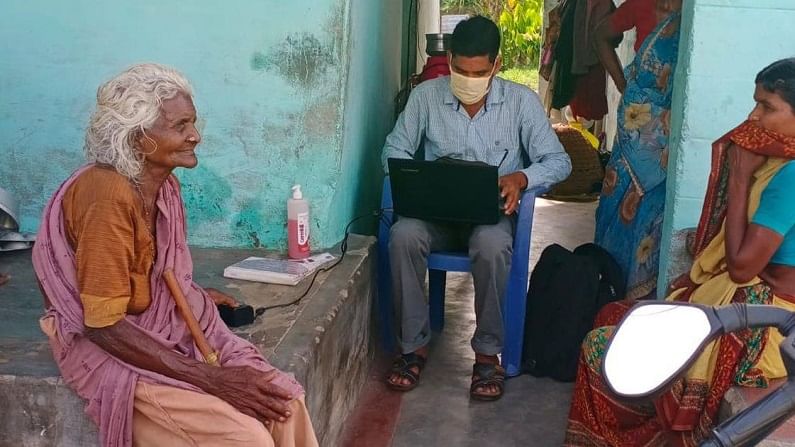Business correspondents come to the rescue of rural India in Covid-times
While rural branches went up marginally, banks tried to deliver services through the business correspondents

While banks could not open a large number of branches in the rural areas last year, they appointed a huge number of business correspondents to deliver services amidst the pandemic. The expansion of banks in the rural areas was hit in Covid-scarred FY21 but banking services was extended by a fast growth in the number of business correspondents, the annual report of the Reserve Bank of India revealed.
Branches of banks in rural India went up marginally by 592 between December 2019 and December 2020. While it stood at 54,481 in December 2019, the number of branches rose to 55,073 a year later.
Huge rise
However, there was a virtual burst in the number of business correspondents, especially in bigger villages that have a population of more than 2,000. The number of business correspondents in these villages rose from 1,28,980 in December 2019 to 8,51,272 in December 2020 – a rise of 560%.
In the smaller villages – those with less than 2,000 residents – the number of business correspondents went up marginally from 3,83,864 to 3,85,537.
Only 15%
According to NITI Aayog, less than 15% of villages have a brick-and-mortar bank branch and business correspondent agents are the only transaction point in many of the remaining villages. “COVID-19 has magnified the importance and agility of this network. With close to 8 lakh active agents, catering to approximately 34 crore people in face-to-face transactions, the agent network has become indispensable in the current scenario,” said NITI Aayog in a recent article.
These agents visit families in the villages like a postman delivering services.
Urban dip
However, there was a dip in the business correspondents in the urban areas in the same time period – 5,51,327 to 3,24,345. In other words, the number of business correspondents fell by more than 41%. Officials said a number of correspondents from the urban areas were diverted to focus on the rural areas.
To push the banks on the path of financial inclusion, RBI advises all banks to draw up financial inclusion plans.
Inclusion plan
The financial inclusion plans of the banks include an increase in the number of banking outlets that comprise branches and business correspondents, the opening of basic savings bank deposit accounts, overdraft facilities used in these accounts, transactions in general credit cards, and Kisan credit cards and transactions through business correspondents.
There has been a rise in both the number of basic savings bank deposit accounts and the amount saved between December 2019 and December 2020. While the number of such accounts went up from 59.67 crores to 64.92 crores (or by 8.8%), the amount in these accounts went up from Rs 1,52,826 crore to Rs 2,03,061 crore (or by 32.87%).
Branches important
However, the importance of setting up a branch can be gauged from the fact that an overwhelming share of the rise in deposits in these basic accounts took place through branches and not through business correspondents.
Though there was a dip in the number of overdraft facilities through these branches (from 62 lakh to 59 lakh), the amount raised through overdraft went up from Rs 455 crore to Rs 500 crore between December 2019 and December 2020.
Credit cards
The number of general credit cards declined from 20 crores to 19.9 crores. So did the amount of loan raised through these cards – from Rs 1,84,918 crore to Rs 1,73,968 crore.
The number of Kisan credit cards went up marginally from 4.79 crores to 4.9 crores. The amount raised through these cards, however, went down from Rs 7,09,377 crore to Rs 6,79,136 crore, or 4.26%.
Digital transactions
The number of digital transactions jumped from 225 crores (December 2019) to 351.83 crores (December 2020) – a rise of 56.36%. The value of the digital transactions rose from Rs 6,06,589 crore to Rs 8,28,795 crore – an increase of 36.63%.